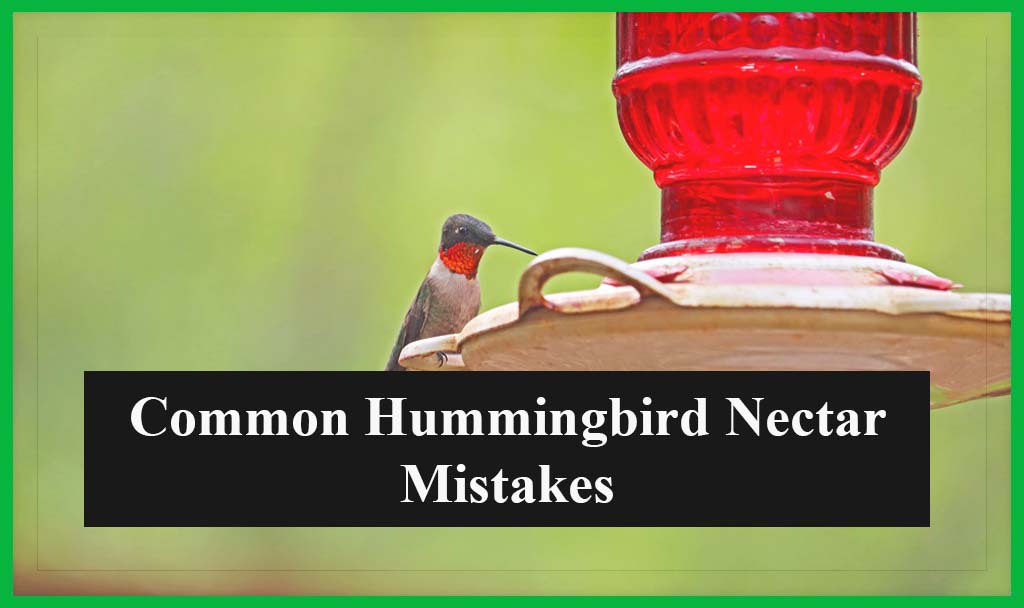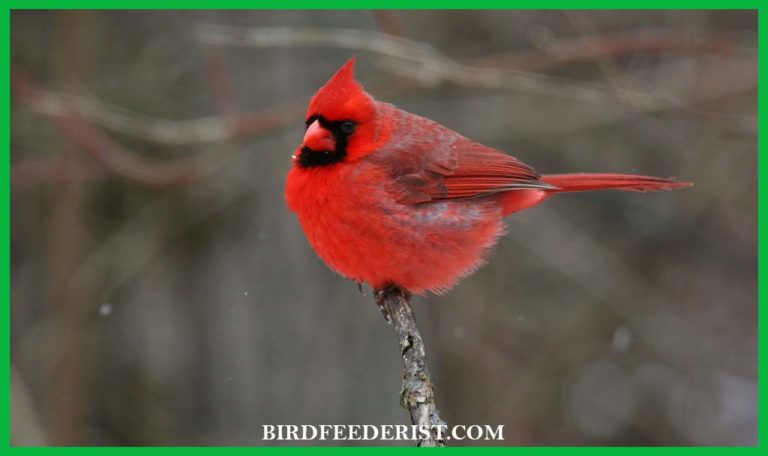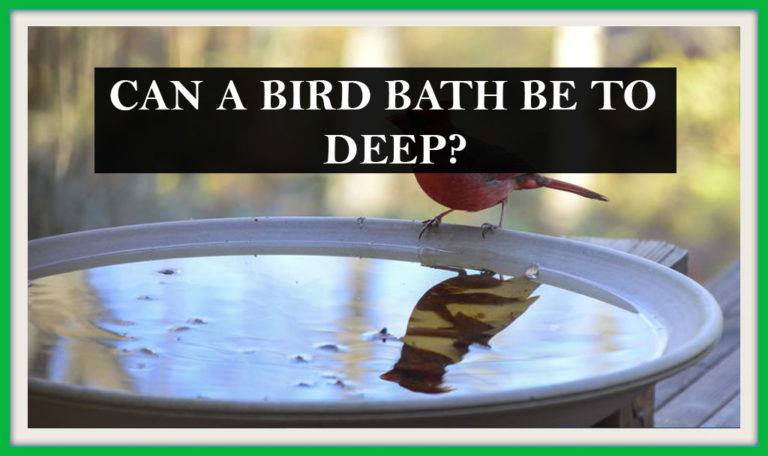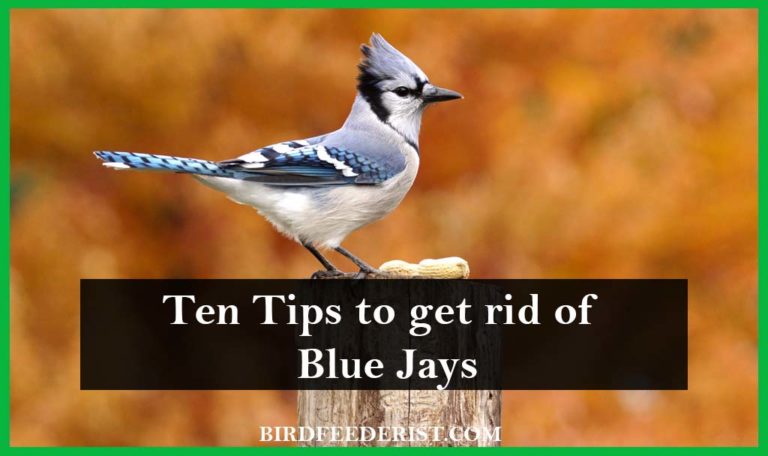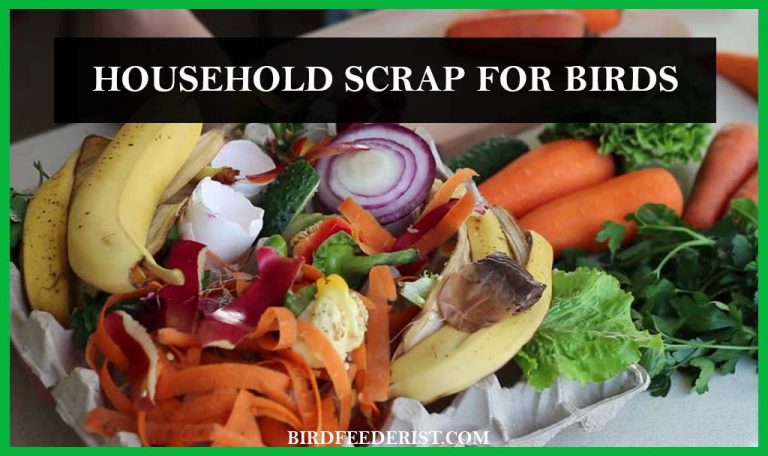12 Hummingbird Nectar Mistakes | And How to Avoid Them? by Birdfeederist
Hummingbird lovers always use feeding stations to watch these small birds. It’s easy to provide the nectar to these birds, but it’s also equally easy to make mistakes. These small mistakes can make all of your efforts useless to attract the hummingbirds. In fact, some major mistakes can create toxic and dangerous nectar, which can be responsible for their death. Yes, the hummingbird feeder nectar is very beneficial for these small birds as it provides them the equal nectar, which they get after visiting the 1000 flowers. But you need to avoid the mistakes to prevent them from some serious dangers. Here we discuss the 10 most common nectar mistakes.
1. Wrong Nectar Ratio
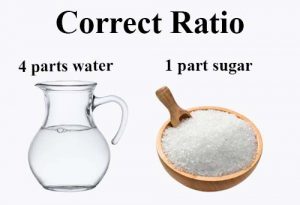
The standard hummingbird nectar recipe includes four parts of water and one part of sugar. So you can mix the half cup sugar for every two cups of water. If your water source is not high in minerals, you can use it as it is. Otherwise, boil it before dissolving the sugar.
2. Not Feeding at the Right Time
Depending on the local climates, weather conditions, and hummingbird migration, the right time is also very important. You can’t simply hang the feeder at any time as it can discourage you from feeding them. You need to ensure that the early migrants can take advantage of your feeder before the spring flowers bloom. Keep these feeders until the late fall as all the migrants need to refuel themselves before their long journey towards the south. Also, focus on the different parts of the day as the hummingbirds are more active in the morning and evening.
3. Dirty Hummingbird Feeders
Dirty feeders containing the contaminating nectar can be toxic to hummingbirds. Please avoid the cloudy and milky nectar that shows the visible dark speckles or floating insects, as this can lead them to sudden death. Make sure the regular cleaning of your feeders with a thorough cleaning at least once a month, so they become safe for hummingbirds.
4. Offering only one Feeder
Most of the hummingbird species are territorial, aggressive, and chase away the competitors. They don’t want to share their food. So don’t mistake putting only one feeder, especially when you notice the huge number of hummingbirds on your feeder. You can minimize the aggression and accommodate more hummers by putting more space between feeders.
5. Not Controlling Insects
The sweet nectar is equally attractive for ants, wasps, bees, hornets, and other insects. But the feeder surrounded by the insects can become dirty and contaminated very quickly; even a large stinging of insects can be dangerous for hummingbirds. There are several techniques, which help you to control insects, such as moats, feeder placement, bee-proof feeders, and feeder color. Make sure to don’t use dangerous chemicals as these are equally toxic for hummingbirds as well.
6. Not offering the Natural Nectar
Yes, the supplement feeders are a great way to offer the nectar, but you can’t simply ignore the natural nectar flowers. These voracious birds prefer the natural food source, which continually replenishes itself with new blooms. Try out the different flowers with the best colors and shapes to see more birds in your garden.
7. Letting the Nectar to Freeze
Many people don’t care about the nectar freezing, which is very discouraging for the hummingbirds and can also damage the feeder. Keep in mind that the very early and very late fall feeders carry the risk of nectar freezing. Make sure the hummingbirds can actually drink the food that is offered by keeping it from freezing.
8. Only Providing Nectar
Yes, hummingbirds are nectarivorous and mostly depend upon the nectar for the majority of their diet. But sometimes, they need more nutrition than the nectar water provides. They like to get this energy from insects, spiders, and pollen. Providing these foods in your backyard ensures healthy hummers, which is essential for their growth and energetic lives.
9. Using Red Dye
Hummingbirds are mostly attracted to the red color; that’s why most of the hummingbirds have red parts. So it’s not necessary to add red dye in the nectar to tempt them. Yes, they have an extraordinary high metabolism, but their small size is not scientifically verified to use the dye. These dyes can be detrimental to hummingbirds, so no need to take any chance.
10. Not Using the Other Ways
Are you only using the nectar to attract the hummingbirds? You need to focus on other ways, such as providing water, shelter, and nesting sites. Provide the water to hummingbirds by using the shallow disk, mister, or dripper. Choose the best tree to provide them shelter and places to nest. Add the perches for hummingbirds resting and take some steps to attract them to your garden.
11. Refilling Only Once a week
Don’t restrict yourself to refilling the nectar only once a week, especially in the peak summer heat, where you need to change it daily as the birds need more hydration. Also, near the end of the summer, hummers need plenty of nectar before starting their migration. Don’t wait for your nectar to turn cloudy; replace it immediately. At least replace the nectar every three to four days.
12. Low Feeder Placement
The bad nectar feeder placement can put all of your efforts in vain. So make sure the feeder is at last four feet from the ground and away from the tree trunk. It should be easily viewable to hummingbirds and also safe from cats and other predators.

